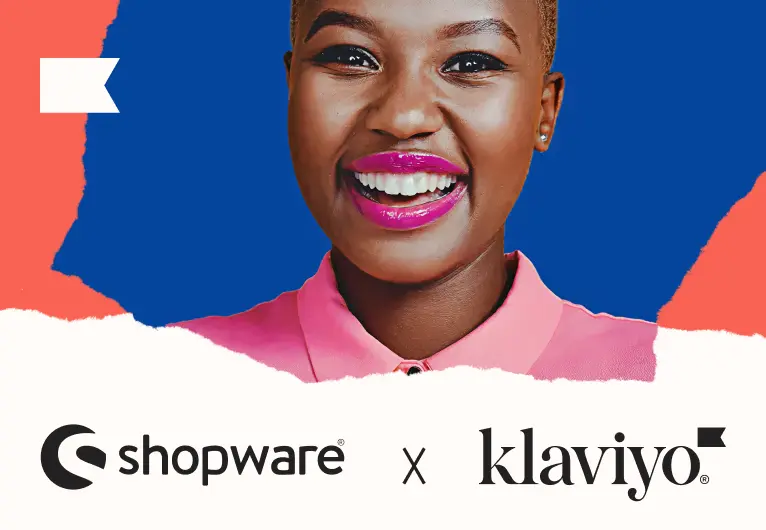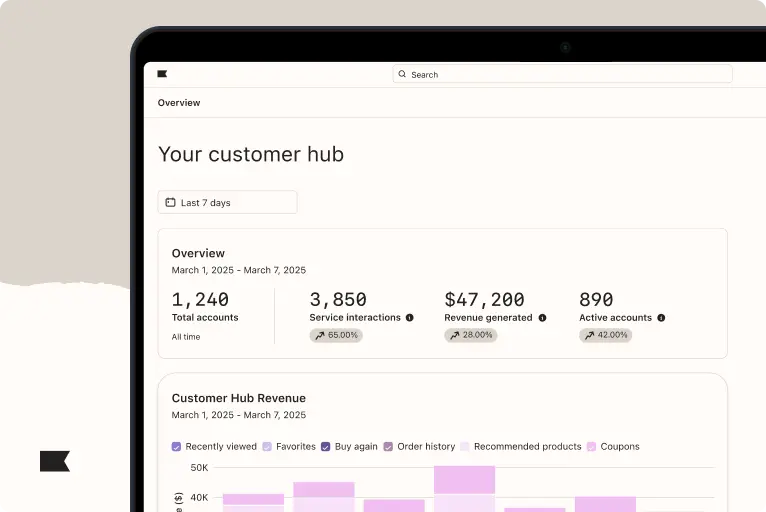Klaviyo’s MCP server is here: the fastest way to supercharge AI with your customer data
AI is no longer a “future-facing” experiment for marketers. It’s here, it’s powerful, and it’s changing the way brands connect with customers. But even the most advanced AI tools are only as good as the data and context you give it. Without the right inputs, even the smartest AI will fall flat—producing generic content, irrelevant insights, and underwhelming results.
That’s why we built Klaviyo’s Model Context Protocol (MCP) server, available to all Klaviyo customers. It’s the fastest, most seamless way to connect your Klaviyo data to your preferred AI platforms like Cursor, Claude, Windsurf, and more.
“The Klaviyo MCP server is like chatting directly with Klaviyo,” says Wiehan Britz, CEO of Magnet Monster. “I’m using conversational language to create and update profiles, organize segments, build campaigns, and analyze performance all in one place.”
Why we built the MCP server & what you can do today
Marketers today are being asked to do more with less. You’re juggling siloed tools, disconnected systems, and limited resources, all while being told to “use AI” to go faster.
The problem? Connecting AI to the rich, real-time context of your Klaviyo performance has always been too complex. Until now.
The Klaviyo MCP server changes that. It gives you a direct, secure bridge between Klaviyo and the AI platforms you already love. Instead of spending weeks configuring integrations or writing custom scripts, you can:
- Conversational chat interface: Ask, “Which of my new product campaigns is driving the most revenue?” or “Compare flow performance between my two accounts,” and get instant answers.
- Real-time personalized recommendations: Get AI-driven suggestions tailored to your historical performance—like subject lines, segments, or optimization tips.
- AI-driven execution: Go from idea to launch in minutes. Draft an email announcing your fall sale or upload content—all through natural language prompts.
- Advanced reporting: Pull detailed insights without the manual setup, giving you more time to act on recommendations instead of creating them.
Setup is fast, too. With a simple OAuth process or private API key, you can connect your Klaviyo account in minutes and be off to the races.
Leading the next wave of AI-driven marketing
At Klaviyo, AI isn’t an add-on. It’s a core part of how we build. By creating our own MCP server, we’ve made sure it’s designed specifically for the needs of B2C marketers—and continued to launch enhancements like better reporting context and a remote server for web-based tools. That means you get cutting-edge AI capabilities with none of the extra complexity, and with complete control over your data.
Brian Whalley, Co-founder of Wonderment, said it best: “Since the Klaviyo MCP server offers conversational AI capabilities, we can now instruct Klaviyo directly through Cursor to develop custom reporting dashboards. It’s such an elevated, easier experience compared to before.”
This isn’t just about keeping up with technology trends. It’s about empowering you to work smarter, faster, and more creatively than ever before, and we’re among the first of our peers to do it—cementing our leadership in what’s possible when AI meets customer data.
The message is simple: AI works best when it works with your data. And with Klaviyo’s MCP Server, your data just got a whole lot more powerful. Start exploring the MCP server today.

Related content

Klaviyo has achieved Platinum Technology Partner status with Shopware, strengthening a shared commitment to deliver real-time data, omnichannel marketing, and faster growth for merchants through a powerful, unified integration.

Klaviyo launches Marketing Agent and Customer Agent at K:BOS 2025, advancing its AI-first B2C CRM to unify data, marketing, and customer service.

Klaviyo Customer Hub: a one-stop hub for orders, returns, and rewards. See how it transforms service into revenue opportunities.